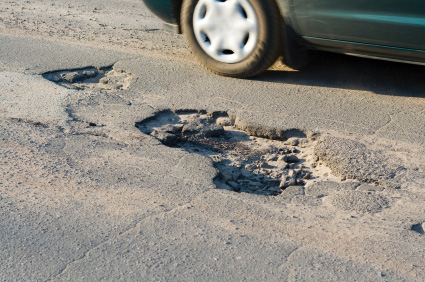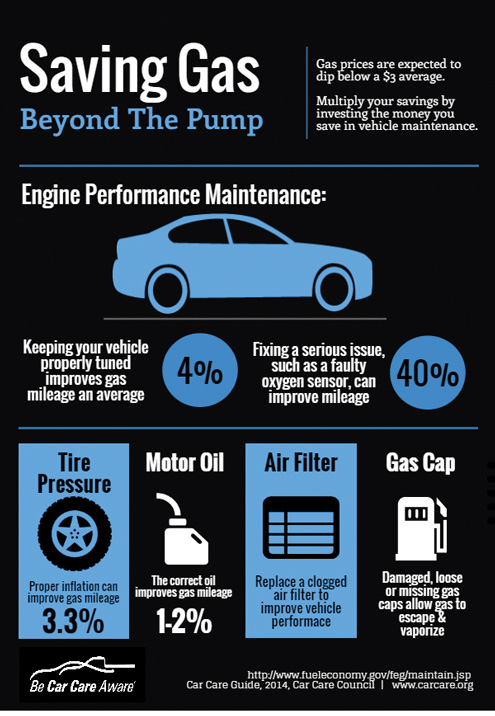
“At the Car Care Council, we stress the importance of preventative vehicle maintenance and provide free tools, tips and information to help motorists become more car care aware so they can avoid the hassle and expense associated with unexpected car trouble,” said Rich White, executive director, Car Care Council. “By implementing a proactive auto care plan, car owners can identify and fix small issues now before they become more costly repairs later.”
The community car care event inspections checked a variety of vehicle components including wipers, belts, hoses, air filters, lighting, tires and lubricant/fluids.
The Car Care Council gathered and tabulated the results and found that eight out of 10 vehicles need some type of service. The top areas showing the highest failure rates include:
The Car Care Council has a free Car Care Guide available at www.carcare.org/car-care-guide, providing motorists with a useful resource that can be kept in the glove box or accessed online. The guide features service interval information, questions to ask a technician and other helpful auto care information that can help drivers better maintain and protect their vehicle.
When winter winds down and the weather gets warmer, motorists will see more potholes on the roadways. However, potholes become commonplace during winter as well. Avoiding them can be a real challenge. If you hit a pothole, the non-profit Car Care Council recommends watching for three warning signs to determine if your vehicle has been damaged.
Loss of control, swaying when making routine turns, bottoming out on city streets or bouncing excessively on rough roads are indicators that the steering and suspension may have been damaged. The steering and suspension are key safety related systems. Together, they largely determine your car’s ride and handling.
Pulling in one direction, instead of maintaining a straight path, and uneven tire wear, are symptoms of an alignment problem. Proper wheel alignment is important for the life span of tires and helps ensure safe handling.
Low tire pressure, bulges or blisters on the sidewalls, or dents in the wheel rim will be visible and should be checked out as soon as possible as tires are the critical connection between your car and the road.
If you feel your vehicle has suffered damage from hitting a pothole, it is wise to have it inspected by a professional service technician. Potholes occur when water permeates the pavement – usually through a crack – and softens the soil beneath it creating a depression in the surface of the street. Many potholes appear during winter and spring months because of freeze thaw cycles. Potholes can also be prevalent in areas with excessive rainfall and flooding.
“Pothole season may last longer these days as many municipalities do not have the resources to fill potholes as fast as they should leaving drivers to dodge them well into late spring and summer,” said Rich White, executive director, Car Care Council. “Because hitting a pothole can put a big dent in your wallet, making necessary repairs right away could save you from more costly ones down what could be a very bumpy road.”

With the average price of gas dipping below two dollars per gallon for the first time since 2009, many motorists have been seeing a real savings at the pump. Putting some of that savings toward basic auto care can lead to more miles per gallon
and, in turn, more savings, says the non-profit Car Care Council.
The Car Care Council encourages motorists to be car care aware and perform these five simple steps to improve fuel economy and save money.
“Proactive vehicle maintenance is a motorist’s best money saving tip,” said Rich White, executive director, Car Care Council. “Routine auto care not only helps save on fuel costs, but it helps identify small issues so they can be serviced before they become bigger and more costly to repair.”
To help motorists increase fuel economy and take better care of their vehicles, the Car Care Council offers valuable tools on its website, including a free personalized schedule and email reminder service.
